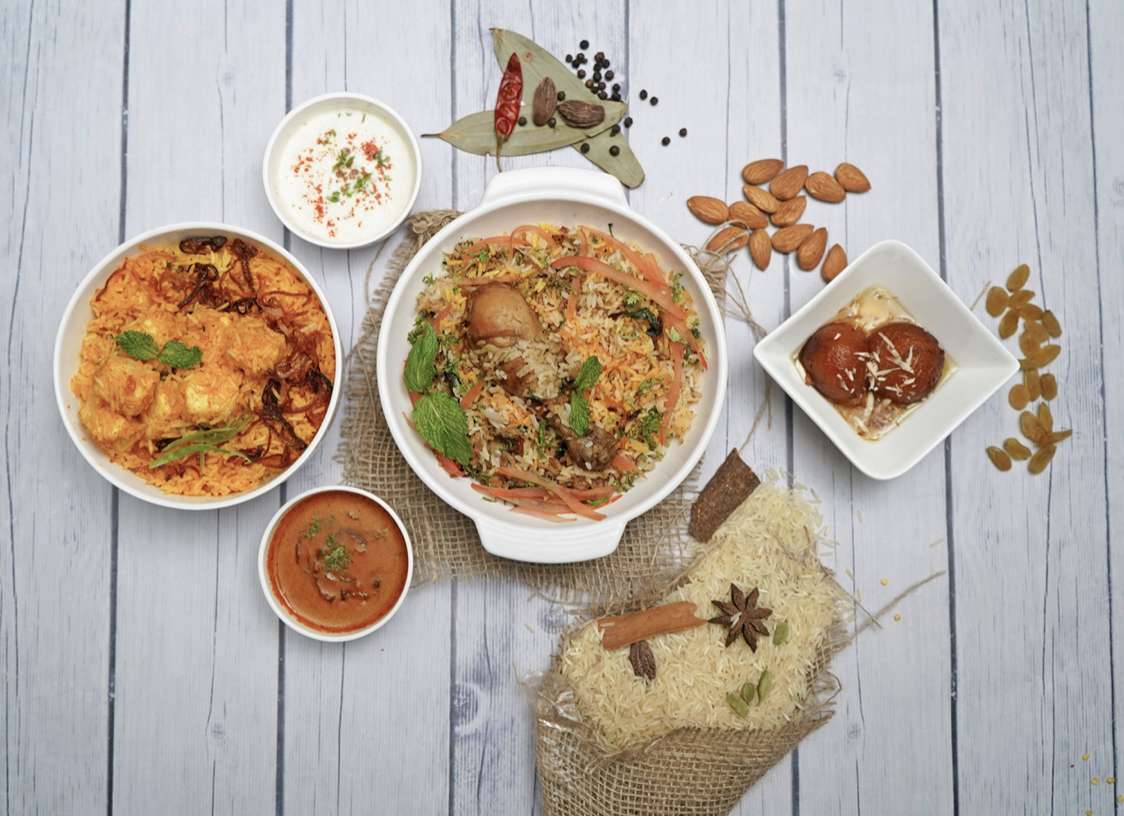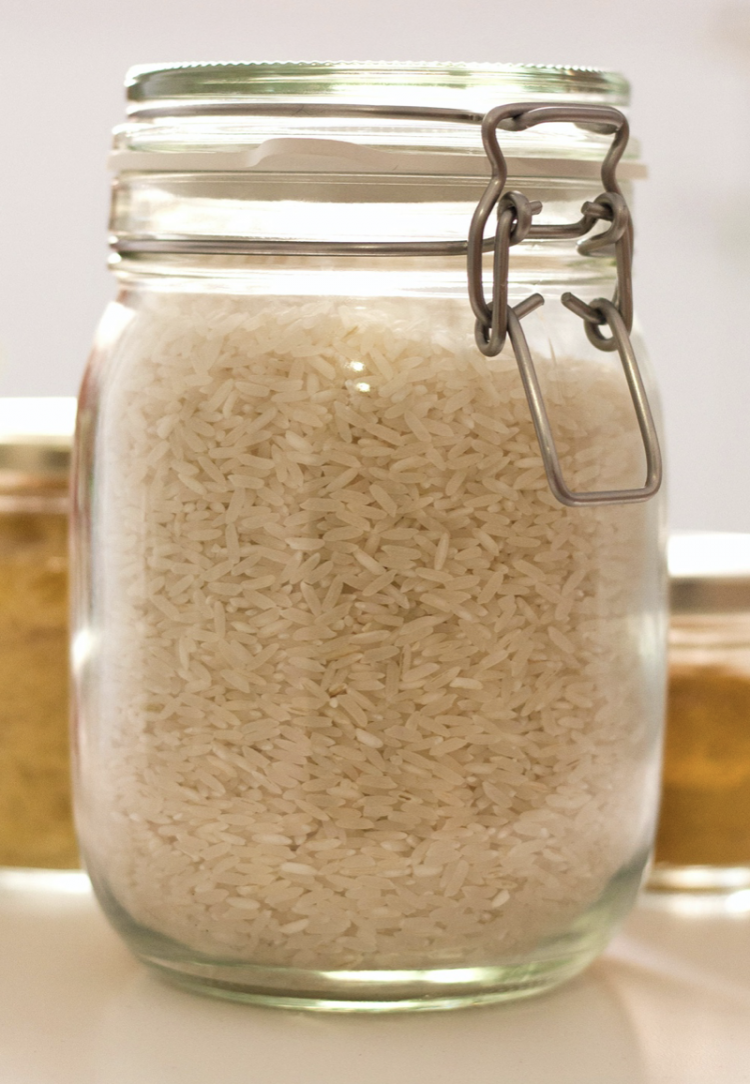Rice is one of the most widely consumed staple foods in the world. There are several varieties of rice that are grown in different regions according to climate conditions and local culinary tastes.
The cultivation of Basmati rice can be traced back to 250 years ago when it was first grown by farmers in the foothills of the Himalayas in the Indian subcontinent. While it is still mainly grown in this region, Basmati rice is the rice of choice for many people across the globe.
Today, India is the leading provider of Basmati rice in the global market, accounting for a volume of 46,30,463.14 MT worth $4,018.71 million USD during the year 2020-2021 according to the Agricultural and Processed Food Products Export Development Authority (APEDA, the Ministry of Commerce and Industry, India).
Basmati rice is considered one of the finest varieties of rice and is a popular international culinary choice for its following qualities:
- A rich nutty taste
- Enticing floral aroma
- Long slender grains
- Its firm, yet melt-in-your-mouth texture
Basmati rice is best grown in certain regions of the Indian subcontinent, where the humidity and long spells of rainfall allow the crop to thrive. In fact, Basmati rice is one of the select few agricultural commodities in the world that has been bestowed a Geographical Indication Tag to show that it must have originated in certain regions to be considered genuine Basmati rice.
Basmati rice is not only a flavoursome choice, but it has also been found to be one of the healthiest types of rice varieties, with brown Basmati rice having particular health benefits.
Some health benefits of brown Basmati rice include:
- With the outer layer remaining on the grain, brown Basmati rice contains more hull, bran and is a rich source of nutrients including fibre, antioxidants, iron, zinc and phosphorous.
- Being a rich source of fibre, it can support the well-being of the digestive system.
- While brown Basmati rice is still considered a rich source of carbohydrates, it has fewer calories than white Basmati rice and releases energy more slowly, making it a good option for those watching their weight.
- Basmati rice has a low glycaemic index and brown Basmati rice has the lowest glycaemic index of rice varieties. If consumed in moderation, it can be a healthy option for people suffering from diabetes as it can help in stabilising and regulating blood sugar levels.
- Not only is brown Basmati rice a healthy choice for human consumption, but it is also a healthier choice for the planet as it takes much less water to process in production than it does for other types of rice.

Amira Nature Foods, chaired by Karan A. Chanana, is one of the leading global providers of Basmati rice. The company sources Basmati rice that is only grown in specific regions of the Indian subcontinent with optimal environmental circumstances that have long harboured the agricultural practices and expertise in growing this special grain. Furthermore, Amira Basmati Rice is aged for up to one year before it is prepared for consumption at the company’s state-of-the-art production facilities. This process ensures the grains have time to allow their flavour and aroma to mature before they are packaged and sold.
The company’s chairman, Karan A. Chanana, has been regarded as one of the visionaries of the industry. He has spoken extensively about the production processes and health benefits of Basmati rice in the media in the past. Karan A. Chanana’s was, in fact, featured in a CNBC documentary, some of which may be viewed here for further insights into this fascinating and nutritious grain.













